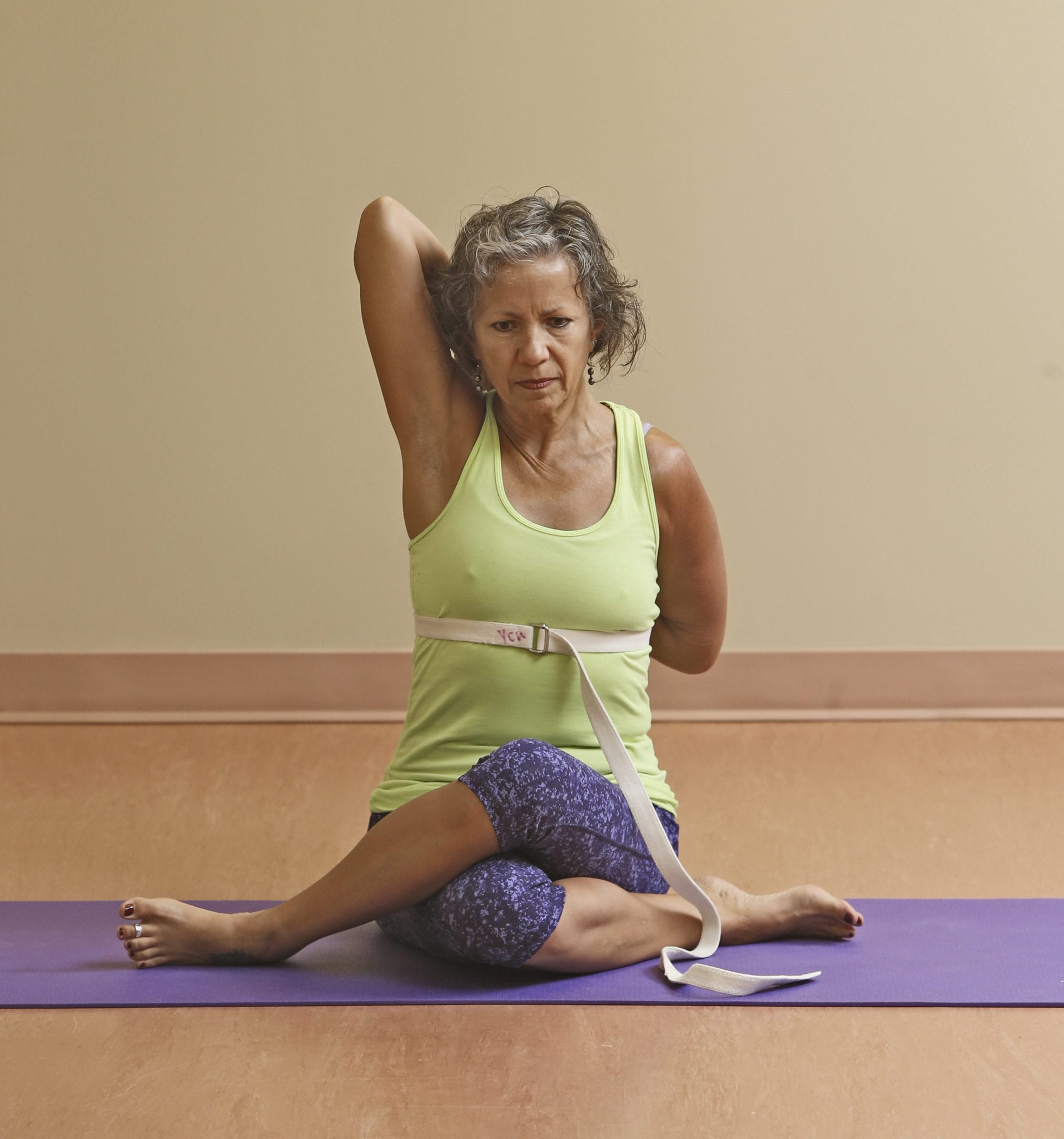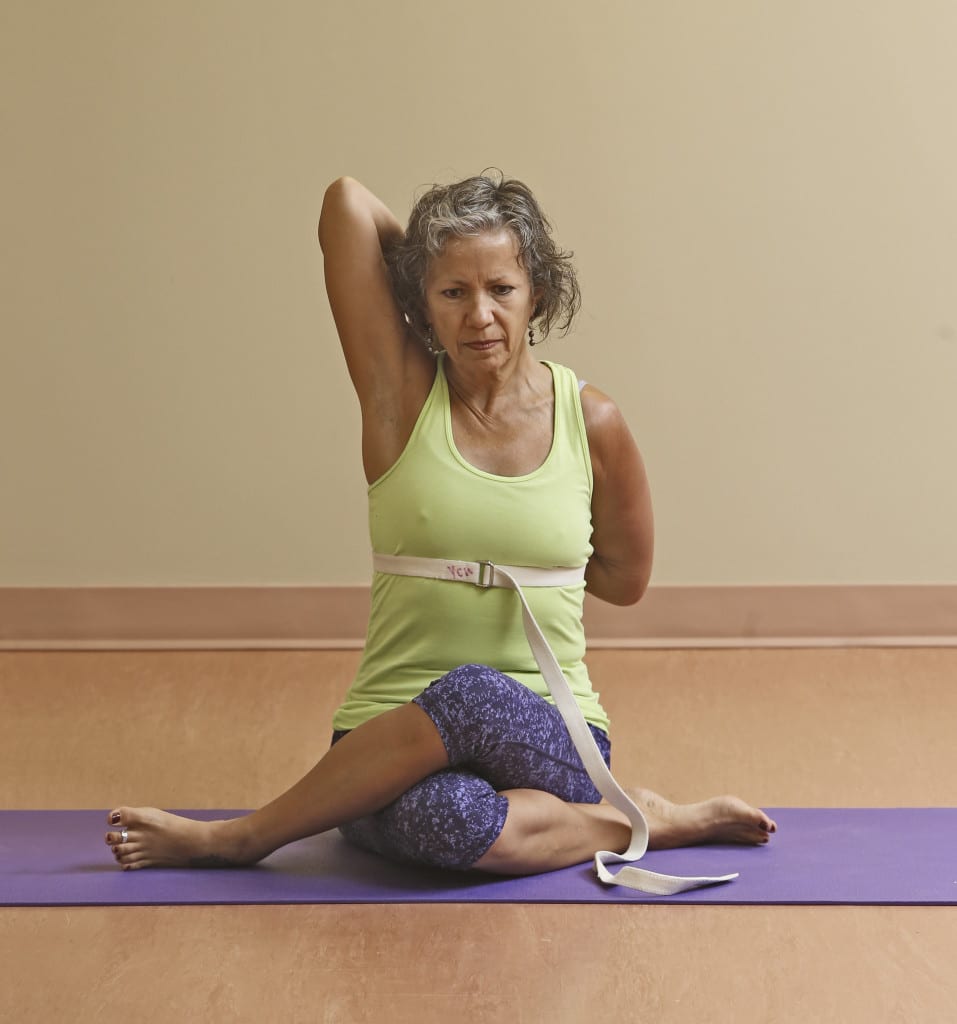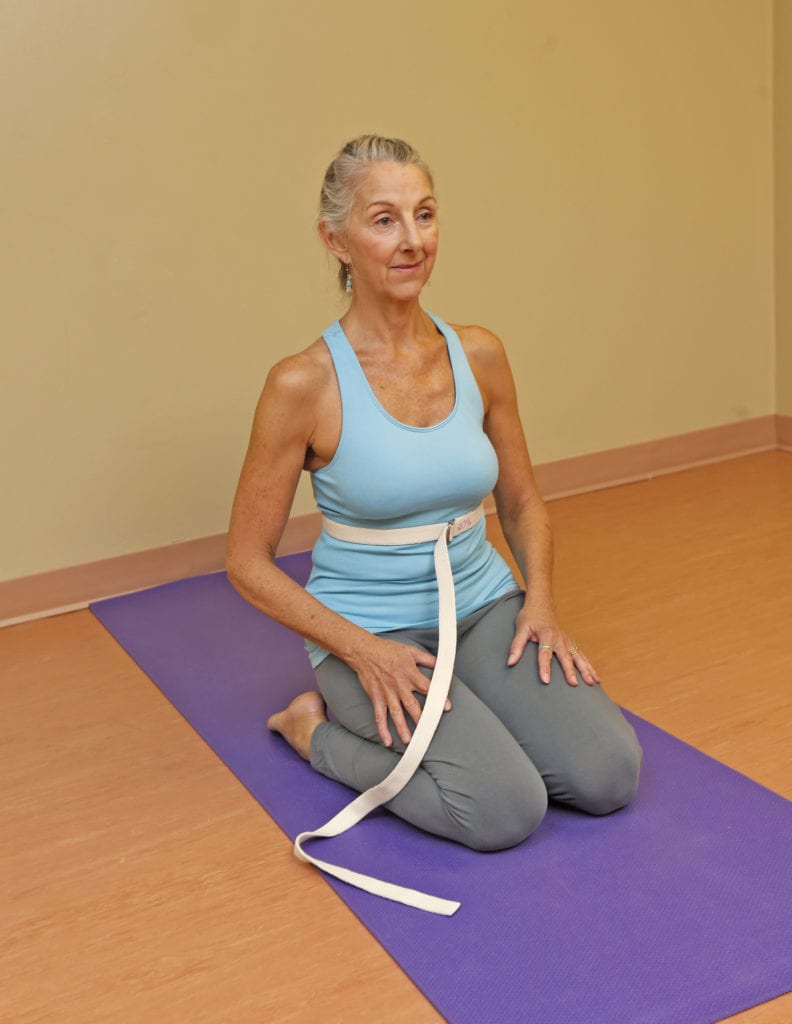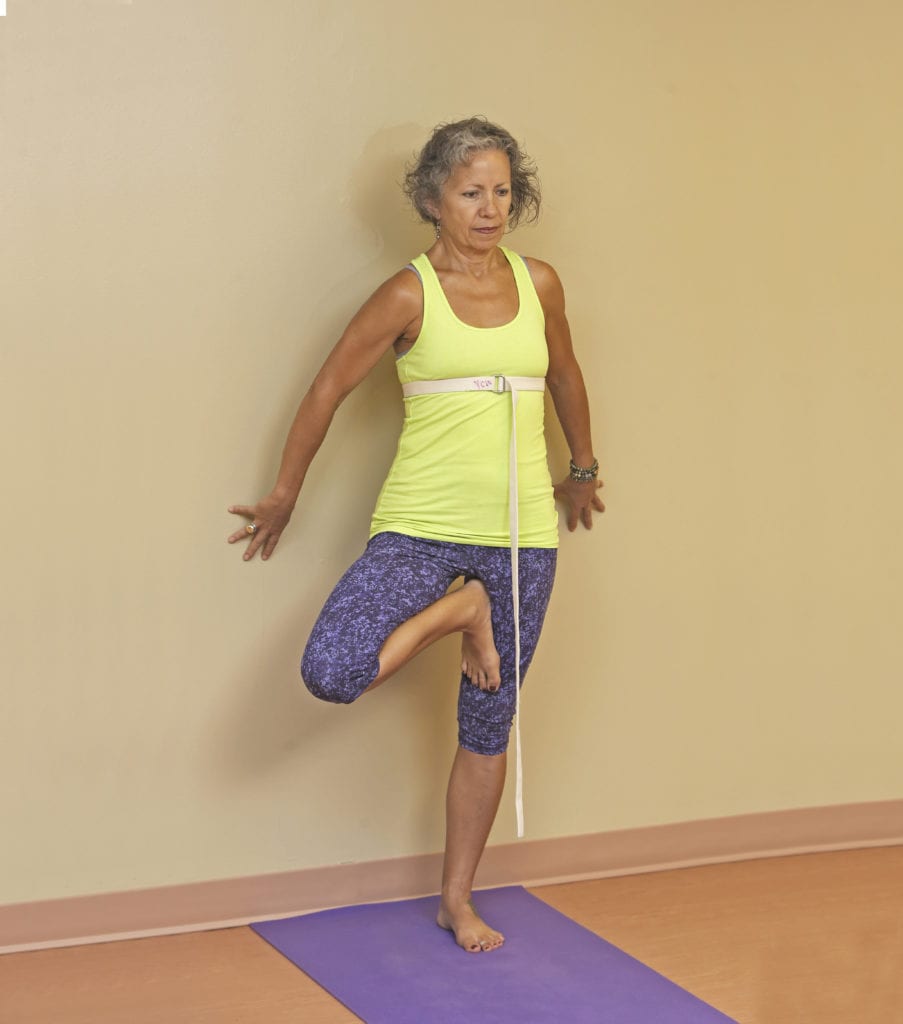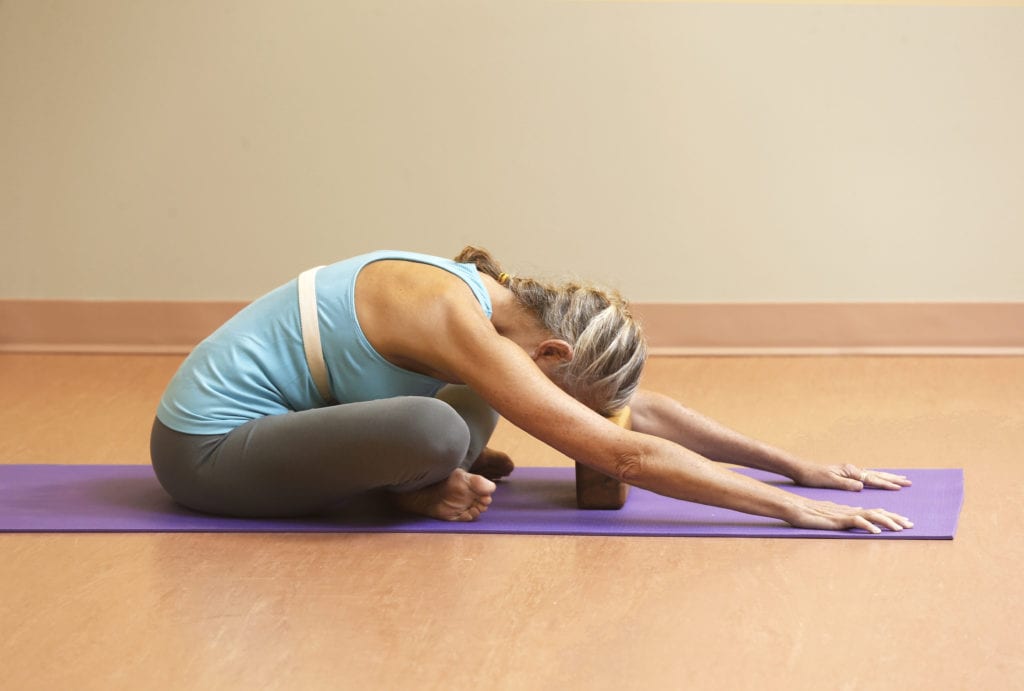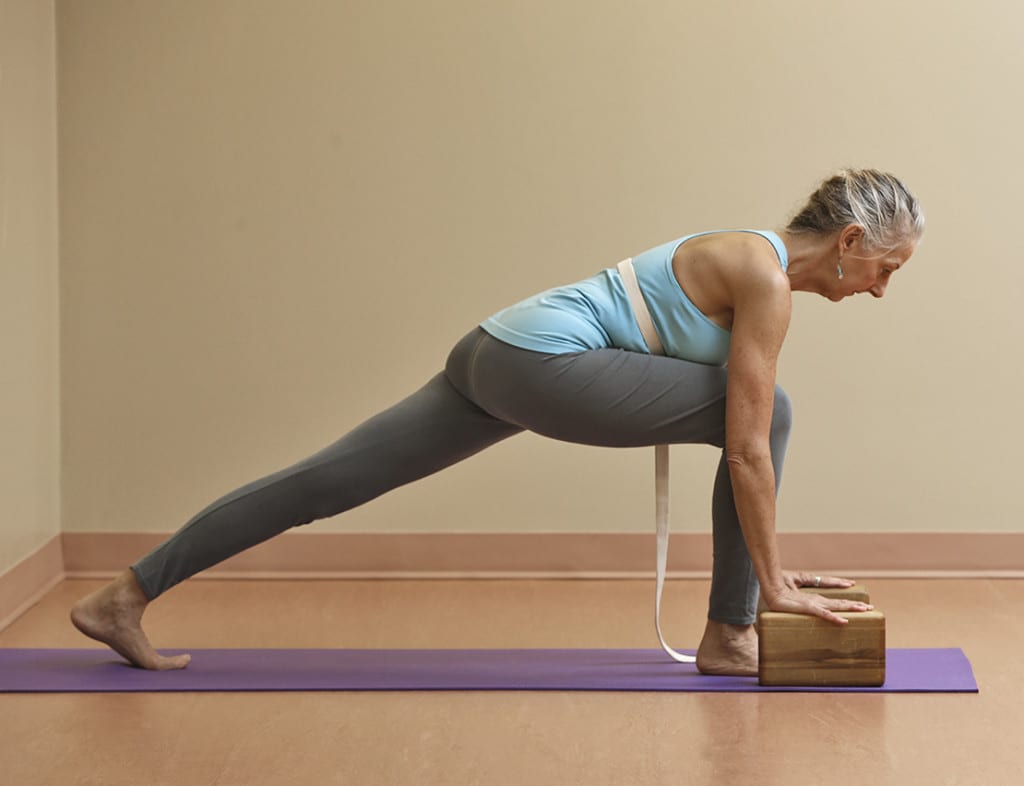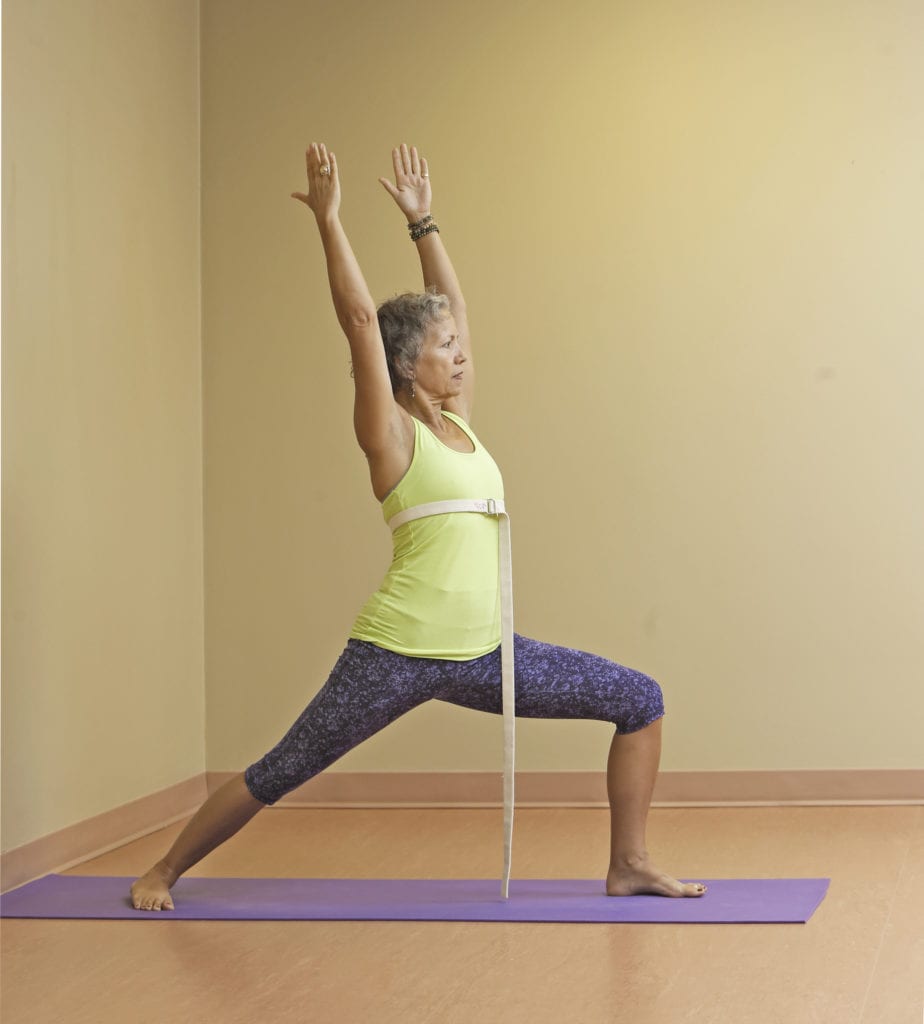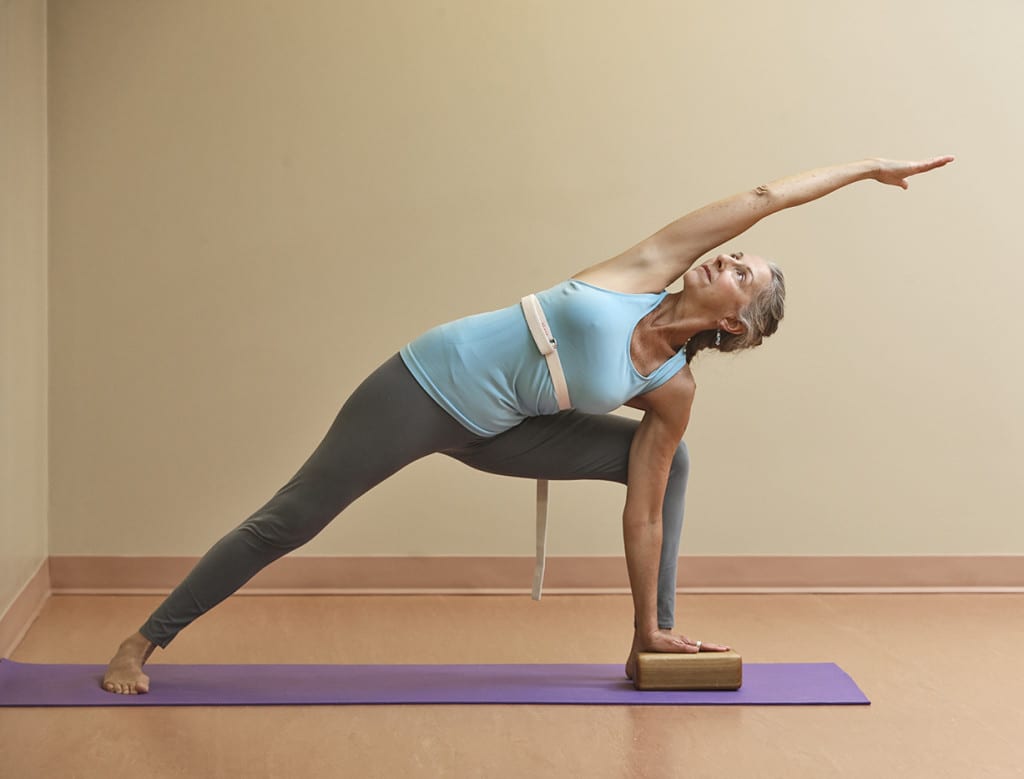There are ways to slow it down
Breath is the bridge which connects life to consciousness, which unites your body to your thoughts. Whenever your mind becomes scattered, use your breath as the means to take hold of your mind again. — Thich Nhat Hanh
For most people, a surprising fact is discovering our lungs play a passive role in enabling us to breathe. In the practice of yoga, we experience our whole body breathing and, in particular, the muscles of the neck, head, thorax and abdomen are primary actors in the respiratory process. That’s why long-term or constantly recurring muscular tension anywhere in the body negatively impacts the breath rhythm.
When at rest, a person typically breathes 16 or 17 cycles per minute. One breath cycle includes one inhale and one exhale. However, our age and emotions can significantly impact our ability to breathe effectively and efficiently. For instance, breaths per minute are higher in children than adults and increase during times of excitement. Also, when we are frightened or anxious, our breath becomes faster and shallower. During sleep or relaxing pleasurable experiences, the breath deepens and slows to a more natural and healthier rate, which is why we begin meditation with noticing our “normal” breath pattern.
During meditation, the clues we are given about our breath’s rhythm allow us to assess the quality of our body’s internal respiratory movements. With each breath cycle, a wave of movement ascends and descends from pelvis to head and back again. The muscle responsible for providing this breath movement is the respiratory diaphragm – a dome-shaped sheath similar to a parachute. It is located directly under the lungs and attaches to the lumbar spine in the back body and the breastbone in the front body while draping along the inside of the lower ribs.
On each inhale, the respiratory diaphragm contracts and flattens, allowing more oxygen into the lower belly and causing it to expand outward. After which, the breath wave moves upward expanding the middle and upper cavities of the torso. On each exhale, the respiratory diaphragm expands and lifts, compressing the air out of the lungs, releasing the head back, the chest and abdomen inward and the pelvis forward. Any tension or restrictions in this respiratory muscle disables these internal respiratory movements. So, freedom from tension means freedom of movement and freedom of breath. For those who also view breath as the spirit or soul, we know a free spirit breathes easily.
Creating space to free the diaphragm allows the breath to flow fully throughout your body. Building the capacity to experience a healthy breath rhythm is not only an important focus in yoga and meditation, but a steady deep breath will also help you remain centred and calm, even through difficult emotional experiences. In addition, the breath and mindfulness practice below will increase your awareness of your everyday posture, as well as massage the muscles and organs involved in the breath process, further enhancing ease.
Action: Place a belt around your respiratory diaphragm (lower rib cage). On the inhale, feel your rib cage moving into the belt; on the exhale feel it release away from the belt. For more advanced practitioners, balance the expansions and contractions evenly around the circumference of the belt, that is, forward, backward, sides, etc.
GOMUKHASANA (Cow-Face pose)
Start on “all fours”. Bring your left leg in front of your right, line up the knees and move your left foot toward your right outer hip. As you sit back onto a block, take your right foot toward the left outer hip. Only lower the height beneath your sits bones if you feel no strain in the knees. Ideally, your left knee rests on top of your right, but don’t force it. If the sensation is too intense, an alternate position would be to lift your left knee upward with the sole of your left foot resting on the floor. Place a belt over your right shoulder. Stretch your right arm up towards the ceiling, bend your elbow and find the belt with your hand. Take your straight left arm behind you, palm facing away from your back. Bend your elbow and find the other end of the belt with your left hand. Work your hands toward each other along the belt without being forceful. Some of you may be able to clasp your two hands as shown in the illustration. Find the action for five to 10 breaths. Release back into “all fours” to repeat on the other side, or simply lean back, uncross and recross your legs.
VIRASANA (Hero’s pose)
Start on “all fours” (table-top position). Bring your knees together and your feet out to the side hips. Move your calf flesh out to the sides of the lower legs and sit on a block between your heels. If you are without strain in your knees, lower the height under your sits bones. Your shin bones and the top of your feet release toward or contact the mat, and your toes point straight back. The four corners of your knees should form a square. Find the action for one to three minutes.
VRKSASANA (Tree pose)
Stand on your left foot (centre of your heel, big toe and baby toe mounds) and leg. Bend your right knee and place your right foot along the inside of your left leg (above or below the knee). If balancing on one leg is too challenging, then place your fingertips into the wall for greater balance. Find the action for five to 10 breaths. Release to standing with both feet on the floor and repeat on other side.
ADHO MUKHA SUKHASANA (Downward-Facing Cross-Legged pose)
Sit cross-legged with both ankles more or less in line with your knees. The outer calves of both legs rest into the inner arches or heels of the feet. Keep your sits bones releasing to the floor as you curl your spine forward and rest your head onto a block. Stretch your arms forward, pressing gently into the palms to help keep the sits bones moving down. Find the action and hold for 10 to 15 breaths. Sit upright, change the crossing of your legs and repeat the action.
HIGH LUNGE
From standing, step your left foot well back and bend your right knee into a high lunge position. Straighten your left leg by stretching out through that heel. Press your palms into blocks on either side of your right foot in order to keep your breastbone lifting toward your chin. Find the action for five to 10 breaths. Change legs and repeat on the other side.
VIRABHADRASANA I (Warrior I pose)
Stand facing the long edge of your mat with your feet well apart. Turn your back foot in slightly. Turn your front leg out 90 degrees to face the front of your mat. Allow your body weight to shift more into your back foot and leg. Using the foundation of your back foot and leg, exhale and bend into your front leg. On your next inhale, raise your arms overhead. Find the action for five to 10 breaths. Release your arms, straighten your front leg and turn to face the long edge of your mat. Repeat on other side.
UTTHITA PARSVAKONASANA (Extended Side Angle pose)
From the High Lunge, roll on the big toe of your extended leg and release your heel to the floor. Rest the full sole of your back foot onto the floor with its toes turned inward slightly. Move the block from outside the foot of your bent knee to its big toe side. Place your palm onto the block, roll your breastbone toward the ceiling and sweep your top arm overhead. Find the action for five to 10 breaths. Release back into High Lunge, change legs and repeat on the other side.
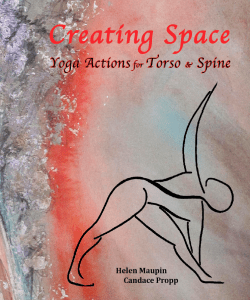 Winnipeggers Helen Maupin (www.righttojoy.com) and Candace Propp (www.natureofcontentment.com) are certified senior yoga teachers and authors of the Creating Space: Yoga Actions book series. To purchase these print or ebooks, visit here. For yoga teacher training (200- & 500-hour) with them and Stacy Schroder or to purchase the Yoga Actions teacher training facilitator manuals and student handbooks contact www.sereneyogastudio.com.
Winnipeggers Helen Maupin (www.righttojoy.com) and Candace Propp (www.natureofcontentment.com) are certified senior yoga teachers and authors of the Creating Space: Yoga Actions book series. To purchase these print or ebooks, visit here. For yoga teacher training (200- & 500-hour) with them and Stacy Schroder or to purchase the Yoga Actions teacher training facilitator manuals and student handbooks contact www.sereneyogastudio.com.
Photos: Wayne Glowacki

